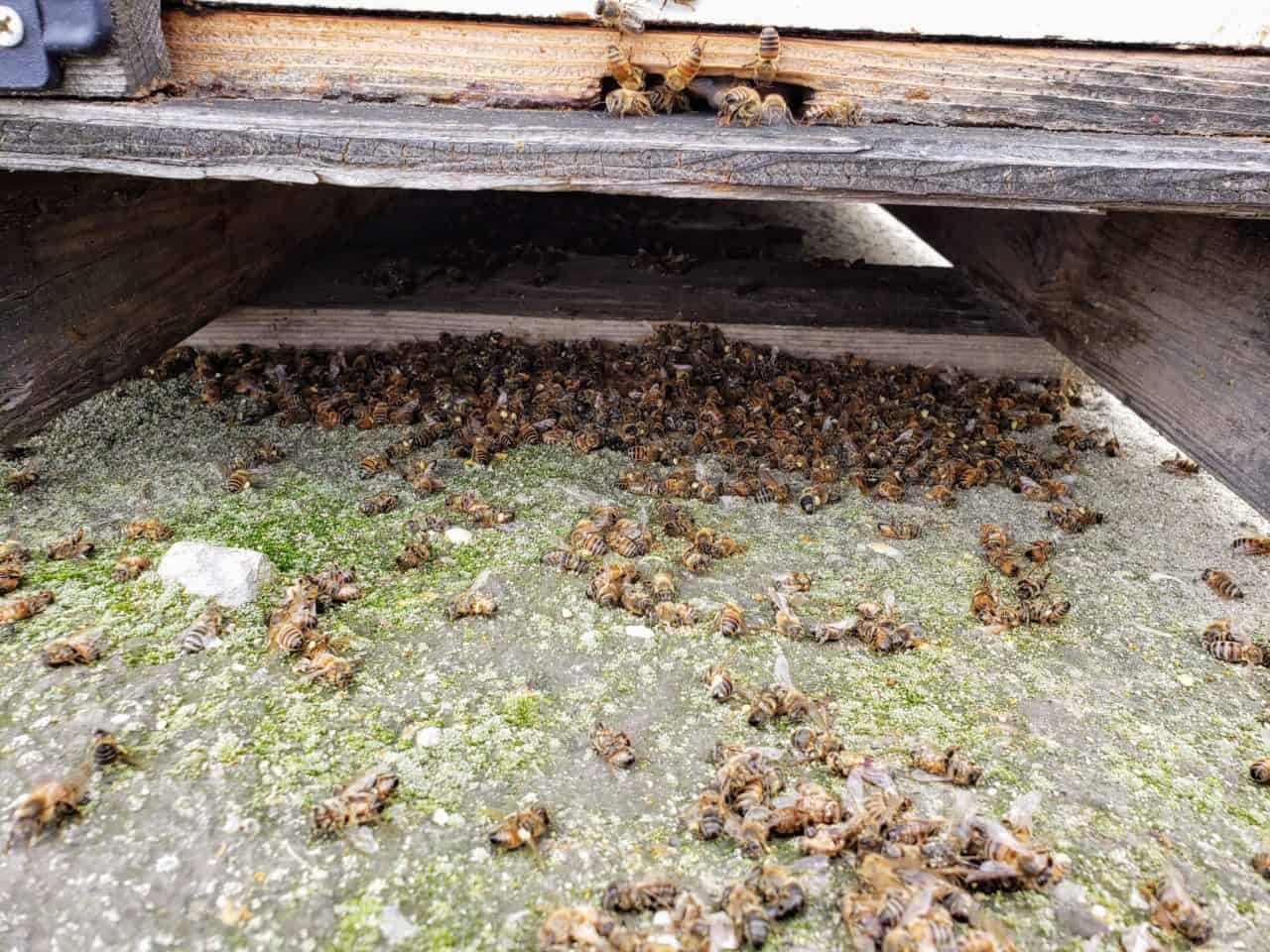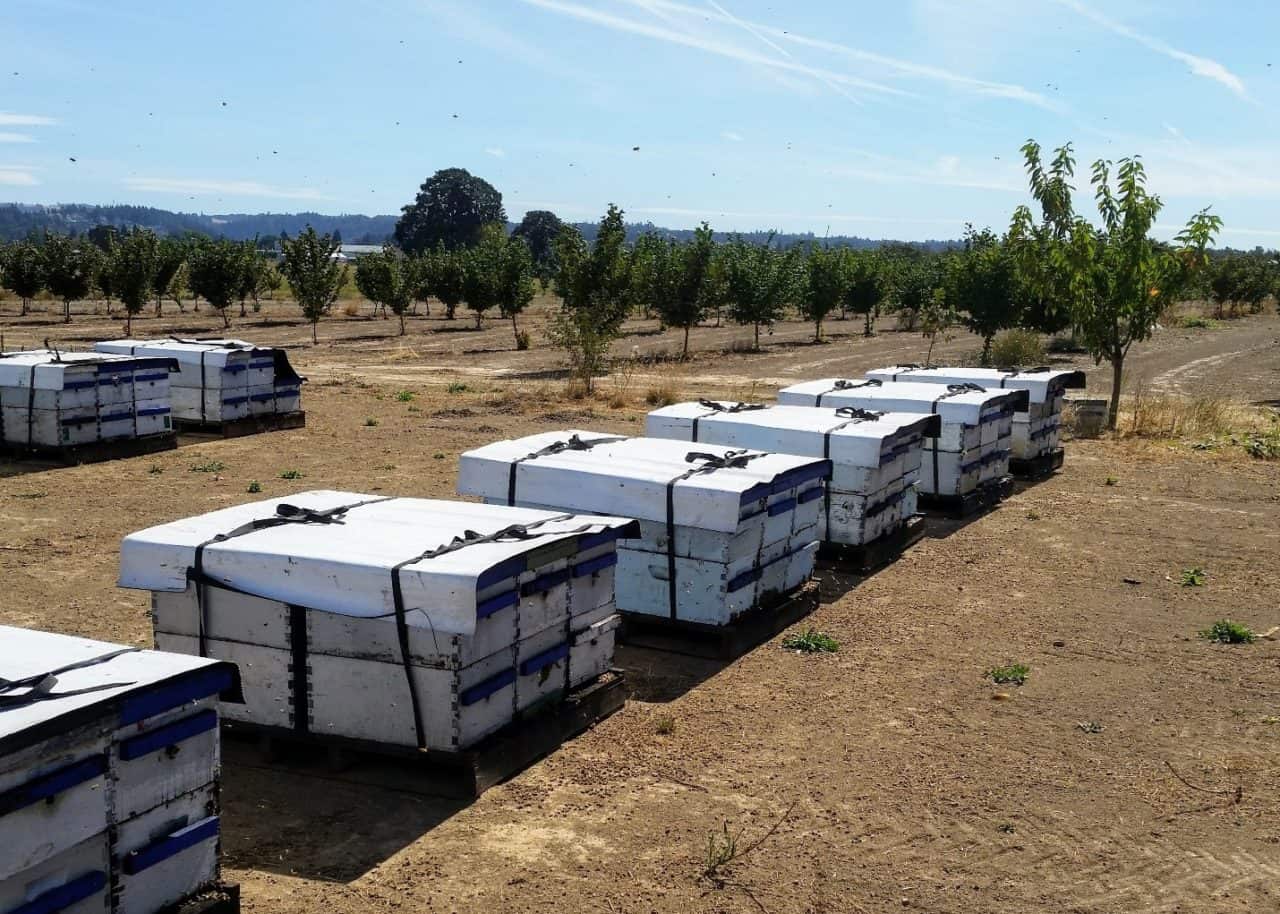The Scenario We’ve all experienced a smoker going out just when we need it. Sometimes we may simply forget to pump the bellows for too long while we are getting some other things ready; sometimes we may make the mistake of stuffing the fire chamber too tightly with fuel before the fire has a good chance to catch. At other times our smoker may go out during travel between bee yards. Any of these scenarios sound familiar? The Traditional Method So, when your smoker goes out for the umpteenth time, what do you typically do? You could re-open the smoker, dig in there, take out…
Lazy bees?
Honey bees have long been admired by humankind for their industriousness. The beehive has served as a symbol of organization and hard work throughout history, and common sayings like “busy as a bee” that persist today indicate we still perceive bees to be hard workers. The state of Utah has been particularly fond of the beehive analogy. It officially adopted the beehive as the state emblem in 1959, although it featured the beehive on its seal as early as the 1850s when it was still a territory. The city of Manchester, England adopted the worker bee as an emblem during the industrial revolution, and a…
Colony Loss Survey, Closing Soon!
The end is near; now hear how we got here! April is about to end, and with that the Bee Informed National Colony Loss and Management survey will be hibernating (or summering) for another year. If you haven’t participated yet, we kindly ask you to do so here before the survey closes. This is our final advertising push, in the hopes that we can get another bump in participation! We are trying to beat last year’s number of submissions! It has been an exciting month for the Bee Informed Partnership! Participation rates of the Survey increased, reached a plateau, then rose again after a bit…
Waxing Poetic – A reminder of the BIP survey
Bee Informed Partnership’s Easter Basket By Selina Bruckner, Auburn University Dear beekeepers of America, Easter Sunday is so close; but before celebrating we would propose, For you to read this piece of poetry; which is much more than pure pleasantry. April is almost coming to an end; most of which our bees have spent Foraging on blooming flowers; while you invested all your powers In adding boxes and catching swarms; because now that the weather warms Bees get busy and buzz around; making their beekeepers really proud. The question is: Have those bees, survived last winters’ freeze? Or did you lose a colony? What an…
Observations of Forager Deaths in Almonds this past February
This February while traveling around the almond orchards in central California, I observed many instances of dead pollen foragers at the entrances of colonies. In addition, many beekeepers reported being approached by their growers, who were concerned by the number of dead bees they were seeing along with the lack of flight activity in the orchards. Because of past issues with bees getting sprayed, some beekeepers suspected pesticide poisoning. However, after observing a number of these cases first hand, I concluded that most of the time environmental conditions were the main factor causing bee death. In many cases, I noticed that North-facing colonies on each…
Hear Ye, Hear Ye!
Greetings Beekeeper! The 13th annual Bee Informed Partnership National Colony Loss & Management Survey is LIVE! In fact, it’s been live for 11 days already! If you have submitted your answers – thank you, thank you, thank you. You are one of over 2,000 beekeepers that have done so! If you have not, we are patiently waiting for you ;) Remember, you only have until April 30th to participate. The current number of survey respondents is tracking previous years. But like previous ones, we are reaching a little plateau in respondents now that we are over one week in. That’s the signal that we need to…
SURVEY FAQs – Tips and Tricks to answering the Bee Informed Partnership’s National Colony Loss and Management Survey
Not even a week has passed since this year’s Colony Loss and Management survey went LIVE! As of this morning (4/5/2019), more than 1,200 beekeepers have already entered their information. WOW! Thank you for your time and continued support! So far your response rate is tracking previous years, but of course, we want to beat last year’s numbers! So please, spread word about our survey far and wide so that we can go above and beyond 6,000 responses! Thankfully you are extremely keen on helping us to better understand your bees; why else would beekeepers submit to us many excellent questions during the survey period?…
NOW LIVE! The 2018-2019 Colony Loss and Management Survey!
Good morning America! It’s beautiful outside! The birds are chirping and the bees are flying! You may even notice a few flowers outside too! Here in the South, our many azaleas are in full bloom! This means Spring is upon us! And of course, Spring means one thing: it’s time to take the Bee Informed Partnership’s annual Colony Loss and Management Survey! It’s easy! One click and you are in, ready to take the survey and to serve our nation’s beekeeping industry: TAKE THE SURVEY TODAY! The information that you provide will be invaluable to our understanding of honey bee health around the country. As…
Honey Bee Caste Systems: Part 1- Honey Bee Genetics
I have always been fascinated with queens and workers. In fact, I spent my master’s degree studying the mechanisms that produce queens and workers. I want to spend the next three articles in this and upcoming issues discussing the complex processes that govern how an egg becomes either a worker or a queen. You can look forward to these three pieces: The Genetic Book of Life-The basics to honey bee genetics How genetics and the environment shape honey bee workers and queens The differences between queens and workers Honey bees have a system of sex determination (male drones versus female queens or workers) known as…
Three Advantages of Rain Covers
Having worked on both the Northern California Tech Transfer Team and Pacific Norwest Team has given me a unique opportunity to compare and contrast management styles across regions. One thing that I immediately noticed when I first came to the Oregon team was the use of rain covers or shelters over the fall and winter months, especially in the wet Willamette Valley. It should come as no surprise that rain covers are not used extensively in California, considering in recent years the winter rainfall has been insignificant, except in 2017 (and 2019 so far!). However many Oregon beekeepers have come to the conclusion that rain…

